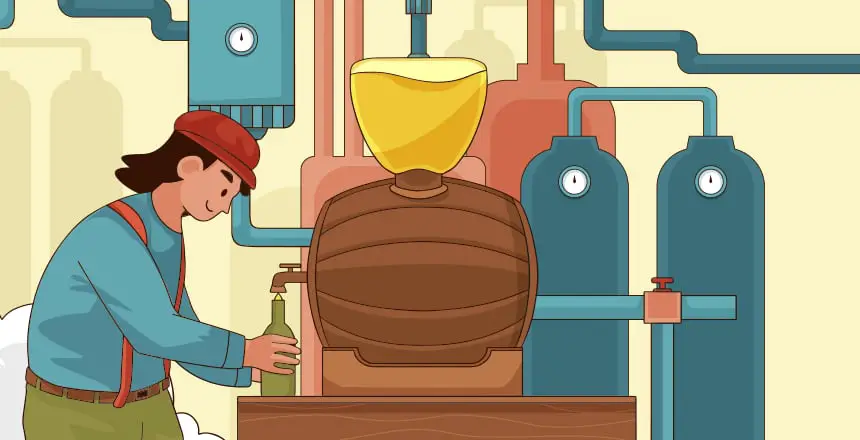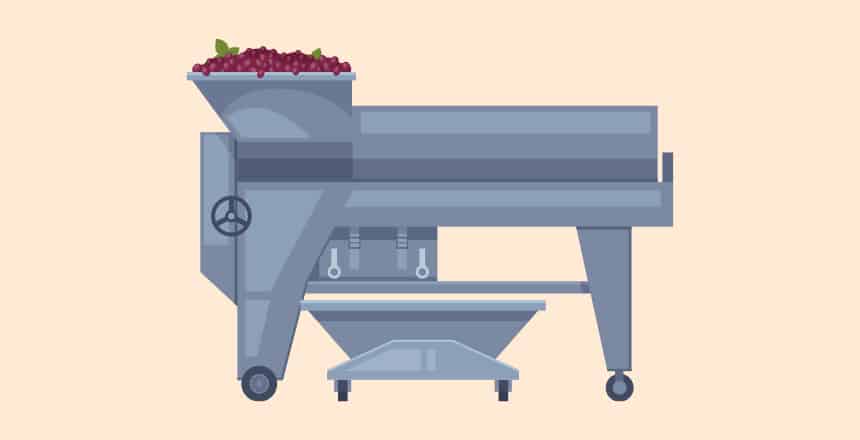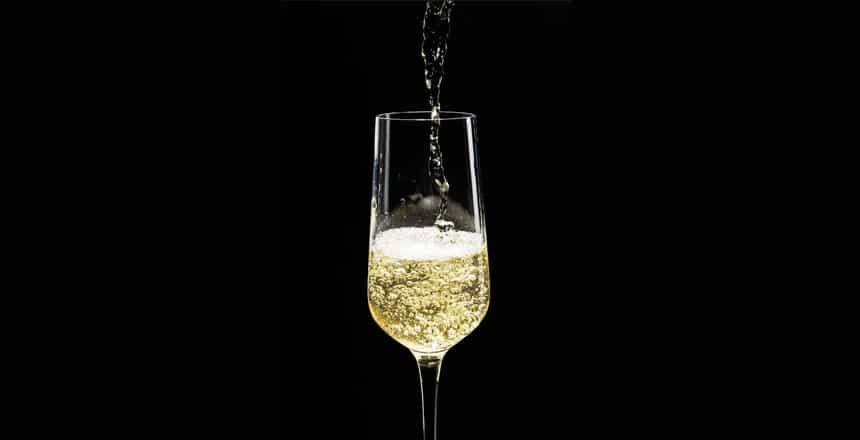Raise a glass to your own curiosity as you learn about the craftsmanship in every bottle of champagne. Have you ever wondered about the secret behind the mesmerizing bubbles in every champagne bottle? Where do champagne bubbles come from?
Champagne, hailed as the epitome of luxury, comes from the cellars of France’s renowned Champagne region. It has a mesmeric story from the chalky soils to the skilled winemaker’s expertise, the bubbles come from a fascinating natural process known as secondary fermentation.
I will explain the various stages of champagne-making in detail but the quick fact that you must absolutely know is that the bubbles are actually trapped carbon dioxide bubbles, triggered by the fermentation process.
The infamous pop sound that occurs when you open a champagne bottle is due to the carbon dioxide pressure release. Now you know exactly why the bubbles are formed but want to know more about the science behind it and what affects the quality of champagne bubbles?
Related:
- Does Champagne Go Bad
- Champagne Alcohol Content
- Is Champagne Gluten Free
- What Is The Differences Between Prosecco and Champagne
How Is Champagne Made?

To know how the bubbles are formed it’s necessary to know how champagne gets made. Don’t worry, I won’t bore you with the scientific terminology.
1. Harvesting the Grapes
Grapes used for making champagne are harvested in the Champagne region of France between late September and October. Only the finest quality grapes are hand-picked, leaving any rotten or damaged grapes behind.
2. Crushing and Pressing the Grapes
The next most important stage is the process of crushing and pressing the grapes with finesse to coax out the rich and fruity flavours, nothing less. The juice is then fermented in large stainless steel tanks.
3. First Fermentation
Making champagne is a two-fold process; the first involves fermenting the grape juice for several weeks. During this time, the yeast orchestrates a chemical process or what I like to call “magic,” converting the sugar in the juice into alcohol.
4. Assemblage
After the first fermentation, expert winemakers blend different fermented flavours together to determine the desired flavour profile.
5. Second Fermentation
The final magical portion is then transferred into bottles which is where the second fermentation process takes place. Yeast, popularly known as liqueur de tirage, and sugar are added to the champagne and the bottle is sealed. The bottles stay in cool cellars for months, even years.
During this time, the yeast that gets added to the champagne produces bubbles of carbon dioxide which is what gives the champagne a rich and sparkling quality.
6. Carbonation
Sometimes, to accelerate the fermentation process, some winemakers inject carbon dioxide into still champagnes to produce bubbles. It’s also a low-cost way to make sparkling wines and champagnes that don’t require a long drawn-out time or even lots of equipment.
On average, a champagne bottle holds 1.2 grams of CO per litre of liquid. So there is such a thing as too much carbon dioxide. Excessive amounts of CO will cause an unpleasant tingling sensation when you sip the champagne.
7. Riddling and Disgorging
After the second fermentation process, the bottles are titled at an angle of 45 degrees which allows the dead yeast to accumulate at the neck of the bottle. The dead yeast particles are then removed from the champagne after which the neck of the bottle is frozen so the active carbon dioxide gets pressured inside the bottle.
8. Maturation
The maturation period varies from champagne to champagne. The bottles are kept in cool cellars for several months or years for the texture and taste of the champagne to fully mature.

Factors that Affect the Formation of Bubbles
I bet you didn’t know that the temperature in which the champagne is stored and the shape of the glass you pour it in affect the formation and quality of bubbles.
The colder the temperature of the wine, the more bubbles get formed. If you like your champagne sparkly and intense, this is what you need to know.
Another key factor that determines how many bubbles are formed is the shape of the champagne glass. Glasses with a narrower neck pave the way for higher quality and quantity of bubbles.
Pouring directly affects the fizz, resulting in a loss of CO if you pour the champagne straight into the centre of the glass. A gentler, side pouring will increase the quality of the fizz, resulting in a richer and more intense sip.
Speaking of sips, what you do right before taking your first sip of champagne also affects the formation of bubbles. The swirl technique in the glass will help release more CO and create more bubbles. So don’t hold yourself back – give your champagne a twirl to let those flavours unfurl!
Does the Size of the Bubbles Affect Quality?
As I said before, the amount of CO will affect how champagne tastes. Champagne infused with higher carbon dioxide produces more bubbles that are smaller in size, hundreds and thousands of them in a single bottle!
Does Champagne Go Bad?
Champagne can indeed lose its fizz and flavour over time. However, once a bottle of champagne is opened, it’s best to drink it all at once, or it should be consumed within three to five days after opening.
To ensure that time doesn’t ruin the quality of bubbles, champagne must be stored in a cool and dry place with the cork tightly in place.
But if you see signs of cloudiness or flatness, or you get a strong vinegary and sour odour from the champagne, chances are that it has gone bad.
Conclusion
When it comes to bubble size, bigger does not mean better. Small bubbles in a bottle of champagne yield a better taste. It’s a proven fact about champagne that not a lot of champagne drinkers know of!
Expert winemakers have varying opinions about the quality of bubbles formed in champagne. These carbon dioxide bubbles inside a standard 750ml bottle of champagne have the power to make or break the taste of the drink. So the next time you pop open a bottle of champagne, remind yourself about the legacy of where champagne bubbles come from.
